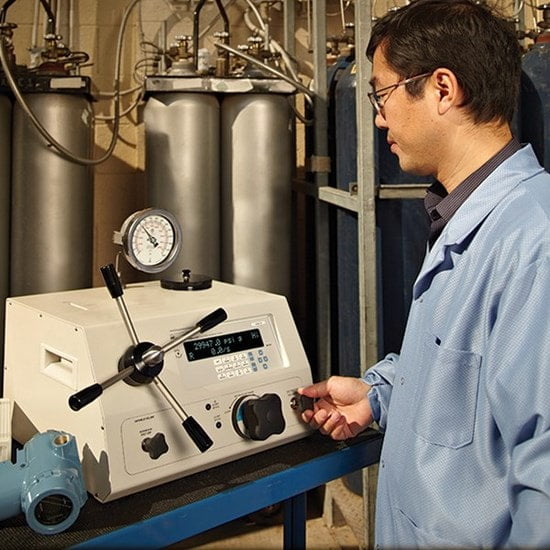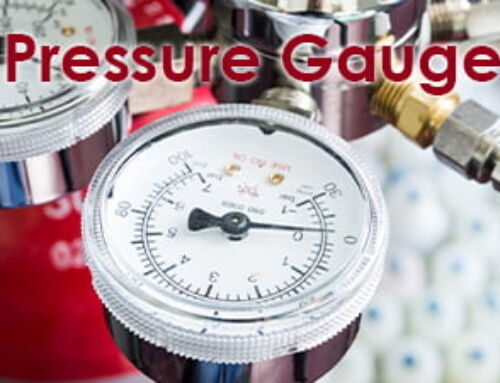In the field of instrumentation, accurate pressure measurements are crucial for ensuring optimal performance and safety in various industries.
To achieve reliable pressure measurements, calibration of pressure gauges is essential.
One widely used and highly accurate calibration tool is the dead weight tester.
In this article, we will delve into the intricacies of dead weight testers and their role in pressure gauge calibration.
Understanding Dead Weight Testers

A dead weight tester is a precision instrument designed to calibrate pressure gauges by applying known weights to generate precise pressure values.
It operates based on the fundamental principle of Pascal’s law, which states that pressure is directly proportional to force applied over a given area.
How Dead Weight Testers Work

A typical dead weight tester consists of a piston-cylinder assembly, a weight set, and a pressure measurement system.
The piston-cylinder assembly serves as the primary pressure generator.
The weight set, comprising calibrated masses, exerts a downward force on the piston.
By adjusting the mass load, the operator can vary the pressure exerted by the piston.
During calibration, the pressure gauge under test is connected to the dead weight tester, and the operator incrementally adds or removes weights to adjust the pressure until it matches the desired calibration point.
The pressure measurement system, usually a precision pressure transducer, is used to verify the pressure achieved by the dead weight tester.
This allows for precise calibration of the pressure gauge.
Advantages of Dead Weight Testers
- Unmatched Accuracy: Dead weight testers offer exceptional accuracy, typically within a fraction of a percent.
They provide traceable and highly reliable pressure references for calibration purposes. - Wide Pressure Range: Dead weight testers cover a broad pressure range, from vacuum levels to high pressures.
This versatility makes them suitable for calibrating a wide range of pressure gauges used in various industries. - Direct Calibration: Unlike other calibration methods that rely on comparison or simulation, dead weight testers directly apply a known pressure to the gauge under test, ensuring accurate calibration without any uncertainties from intermediate components.
- Long-Term Stability: Dead weight testers exhibit excellent long-term stability, making them reliable tools for periodic recalibration of pressure gauges.
- Portable and Robust: Modern dead weight testers are often designed to be portable and rugged, enabling their use in various field calibration scenarios.
Considerations for Dead Weight Tester Usage

- Proper Handling: Dead weight testers are precision instruments that require careful handling to maintain their accuracy and longevity.
They should be protected from shocks, contamination, and excessive temperatures. - Regular Calibration: To ensure accurate measurements, dead weight testers themselves need periodic calibration and verification against traceable standards.
- Environmental Conditions: Dead weight testers are sensitive to environmental conditions such as temperature, humidity, and atmospheric pressure.
It is crucial to maintain the specified environmental conditions during calibration to minimize errors.
Conclusion
Dead weight testers are indispensable tools for precise pressure gauge calibration.
With their unmatched accuracy, wide pressure range, and direct calibration capabilities, they provide reliable references for pressure measurements.
By utilizing dead weight testers, industries can ensure the accuracy, efficiency, and safety of their pressure systems.
Proper handling, regular calibration, and attention to environmental conditions are essential for maximizing the effectiveness of dead weight testers in pressure gauge calibration.







Leave A Comment